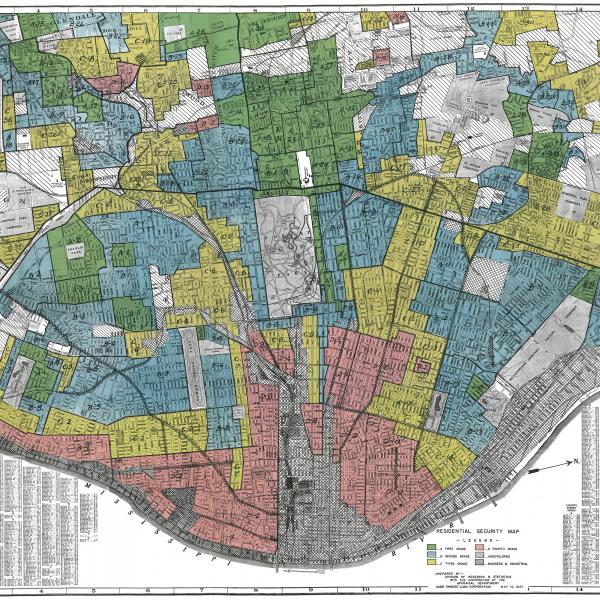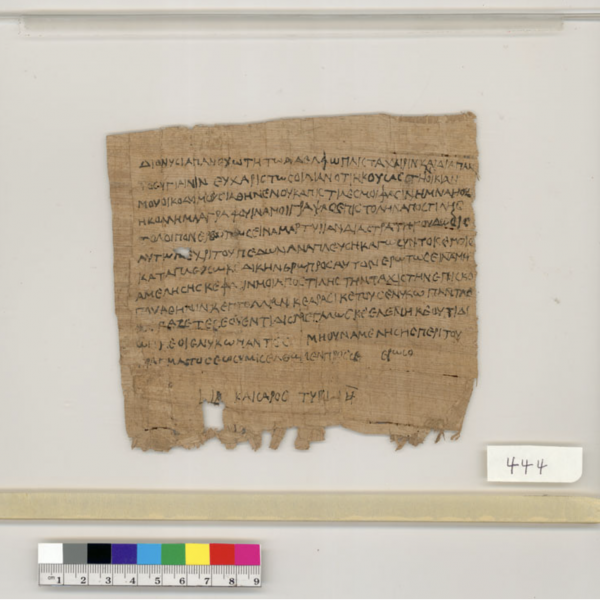Q&A with Faculty Fellow Tabea Linhard

Stunning, seductive and shrewd – an image of the woman spy is easy to conjure. Dutch exotic dancer Mata Hari, executed as an agent for Germany by the French army during World War I, perfectly embodies the stereotype. “Mata Hari’s shadow is always present in stories about female spies in the 20th century,” says Faculty Fellow Tabea Linhard, professor of Spanish, global studies and comparative literature, who is writing a book on the lives of women alleged to have traded in secrets. “In most accounts about female spies, the women appear as either heroines or villainesses and they are larger-than-life, preternaturally intelligent and sometimes cunning characters are in control of the narrative.
“My research is showing that women involved with espionage were not in control, that they were vulnerable and often full of doubts, which makes them so much interesting.” Read on for an early look at her work-in-progress, “Agents’ Secrets.”
Briefly, what is your book about?
My book is about women who served as spies and women who, for specific moments in their lives, were allegedly involved with espionage even though to this day it remains unclear whether any facts support this claim. The women who may not have been “real” spies, but whose lives nevertheless intersected with espionage or accusations of espionage, allow for a more nuanced understanding of those who were. For some, the accusation of espionage was inconsequential; others were punished. Olga Benário-Prestes, one of the figures I discuss in the book, was executed. A deep dive into these women’s stories has revealed an additional question worth our attention: Can spies have friends? Or will they betray them, or be betrayed sooner or later? I think that that may end up being the best-kept secret of any agent.
How did your subjects’ gender affect their motivations, conflicts, choices and outcomes?
Some were deemed to be not too intelligent, and being underestimated gave them a kind of super-power. But not all stories about women and espionage operate in that way. Intelligent, feisty, multilingual woman who found themselves in male-dominated environments were often suspected or accused of espionage because their sheer presence challenged gender rule and norms. And that could have severe consequences for their livelihoods, their freedom, even their lives.

Did the women involved have official positions or were they grassroots?
It varies – a few of them were actual agents, like África de las Heras, a Spanish woman who did became a Soviet spy, or Josephine Baker, who joined the French resistance during the Nazi occupation. In other cases, it is trickier to figure out, simply because the multiple and highly contradictory versions of their lives make it very difficult to understand what actually happened.
What sources are you looking at?
It really depends on the figure. I am currently writing about Hilde Krüger, a German actress who may have served the Abwehr (the Nazi intelligence agency) in the United States and Mexico before and during World War II. She was under FBI surveillance, which led to a file that is more than 800 pages long. Her name also appears in most historical accounts about Nazi espionage in Mexico, and she even wrote three books about historical figures: La Malinche, Eliza Lynch and Sor Juana. For Krüger I have a lot of material to work with, but that is not the case for all the characters.
I have realized that history and fiction always blend in spy stories. If an author claims that their accounts about spies are purely factual or purely fictional, they are either lying or they have been duped.
What methodologies are you employing in your research and writing?
I am writing “Agents’ Secrets” for several audiences: for those interested in spy thrillers and for those who may not have thought that this genre can help us understand the intersections among gender war, displacement and exile, multilingualism and different forms life writing and life re-writing.
The book also involves the history of espionage in the first part of the 20th century. Right now, “Agents’ Secrets” is a bit of a collage: I am placing very different materials on just one canvas, hoping that the composition will make it all work together.

Do you have an anecdote about a moment in one of these women’s lives that particularly stands out?
One that I find particularly captivating involves the artist Mathilde Schaefer, who was a friend of Hilde Krüger (the German actress who ended up in Mexico). Schaefer visited Krüger in Mexico in 1941, and when Schaefer returned to the U.S., FBI agents detained and interrogated her at the border in El Paso, as rumors circulated that Schaefer was a Gestapo agent. She was not — but the FBI kept an eye on Schaefer. About a year later, an FBI informant claimed that Schaefer brought two of Krüger’s dresses from Mexico to the United States. These were not just any dresses, but garments with secret codes hidden in their patterns. I have not found any evidence whether that was true or a complete fabrication.
Your most recent books have covered refugee writers in Mexico and Jewish culture and presence in 20th-century Spain – how did you end up diving into the lives of women spies?
When I was writing Unexpected Routes, I learned that the members of the German anti-fascist refugee community in Mexico was under FBI surveillance. Margarita Nelken — a writer, advocate for women’s rights, politician and art historian who was of Jewish origin and who fled Spain at the end of the Civil War — may have served as an FBI informant, and she may have been the one who was passing on information about Anna Seghers, one of protagonists of Unexpected Routes, to the FBI. That story stuck with me, because I remembered a photograph of Nelken and Seghers from 1937. That photo had always intrigued me, and now somehow its history was getting even more interesting — and more complicated!




